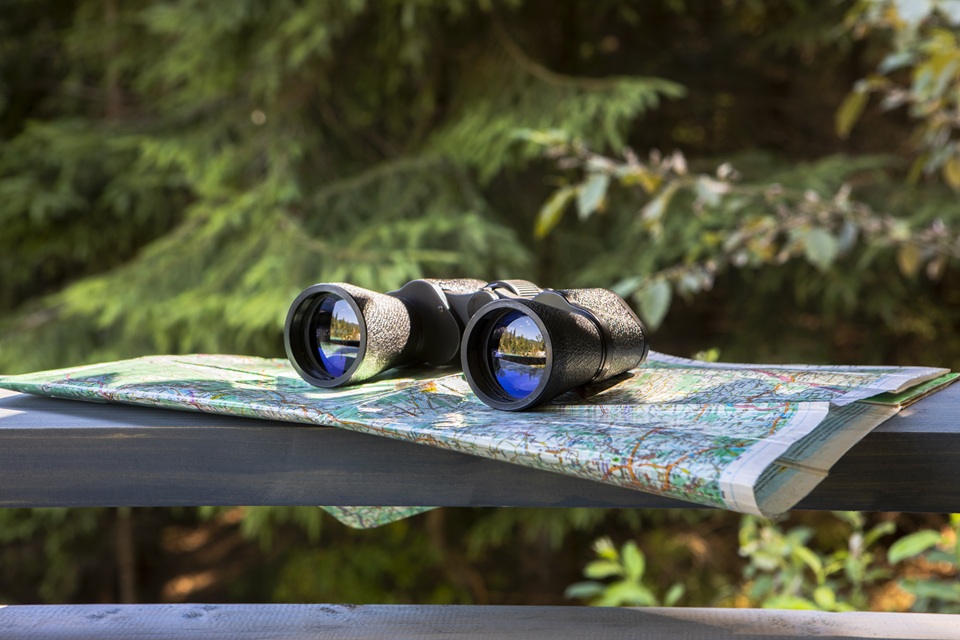The digital age has revolutionized the way consumers purchase goods, and telescopes and binoculars are no exception. As technology evolves, so do consumer habits and expectations, making it crucial for retailers to adapt to the dynamic nature of online shopping. This article explores the intricate dynamics of purchasing telescopes and binoculars online, providing insights into consumer behavior, market trends, and the factors influencing buying decisions.
Table of Contents
The Rise Of Online Shopping For Optical Instruments
Online shopping has seen exponential growth over the past decade, driven by convenience, accessibility, and an ever-expanding range of products. For telescopes and binoculars enthusiasts, the internet offers a wealth of options that were previously inaccessible through traditional retail channels. From amateur stargazers to professional astronomers, consumers can now explore and purchase the latest models of optical instruments with just a few clicks.
Consumer Behavior & Preferences
Understanding consumer behavior is key to navigating the online market for telescopes and binoculars. Shoppers are increasingly informed and discerning, often conducting extensive research before committing to a purchase. Reviews, product comparisons, and detailed specifications are highly valued, making it essential for online retailers to provide comprehensive and transparent information.
Moreover, consumers are drawn to interactive features such as virtual try-ons, 360-degree views, and augmented reality applications that enhance the shopping experience. These technologies allow potential buyers to visualize products in their intended settings, thereby reducing the uncertainty associated with online purchases.
Market Trends & Innovations
The market for telescopes and binoculars is continually evolving, with manufacturers and retailers alike striving to meet the demands of a tech-savvy consumer base. Innovations in optical technology, such as enhanced magnification and improved light-gathering capabilities, are key selling points that attract buyers seeking the latest advancements.
Additionally, the rise of niche markets such as birdwatching, wildlife observation, and sports viewing has led to the development of specialized products tailored to specific needs. Retailers who capitalize on these trends by offering targeted solutions and accessories stand to gain a competitive edge in the online marketplace.
Challenges & Opportunities
While the online shopping landscape presents numerous opportunities, it also poses challenges for retailers of telescopes and binoculars. The sheer volume of options can be overwhelming for consumers, leading to decision fatigue and cart abandonment. To mitigate this, retailers must focus on creating a seamless and user-friendly shopping experience, with personalized recommendations and efficient customer service.
Furthermore, the integration of complementary products can enhance the customer journey. For instance, offering Massage and spa gadgets online alongside optical instruments can appeal to consumers interested in holistic lifestyle solutions, thereby increasing the likelihood of cross-selling and upselling.
Conclusion
The dynamics of online shopping for telescopes and binoculars are shaped by a complex interplay of consumer behavior, market trends, and technological advancements. Retailers who embrace these changes and adapt their strategies accordingly will be well-positioned to thrive in this ever-evolving digital marketplace. By prioritizing customer engagement, leveraging innovations, and addressing challenges head-on, businesses can effectively capture the attention and loyalty of a diverse consumer base.


